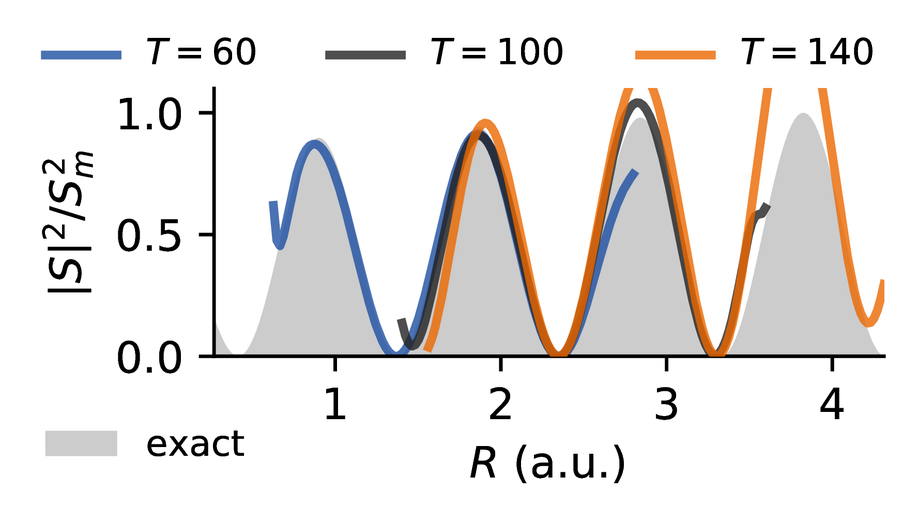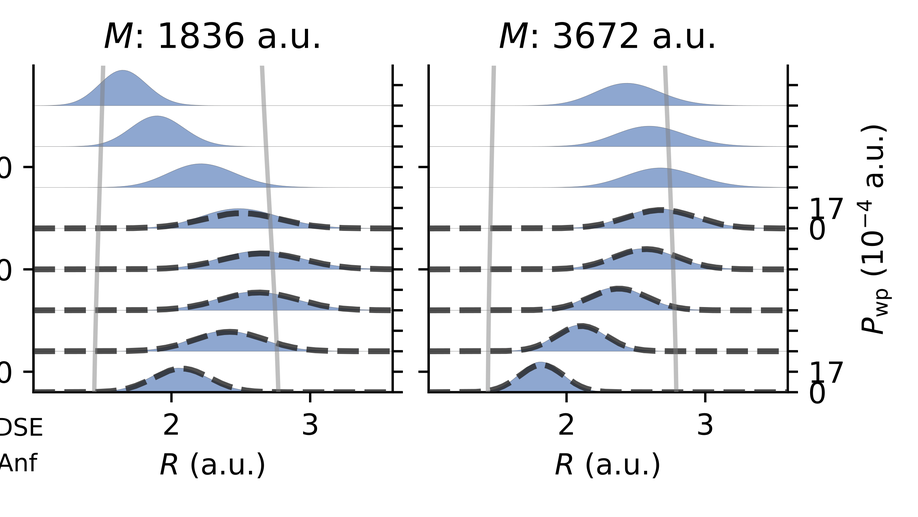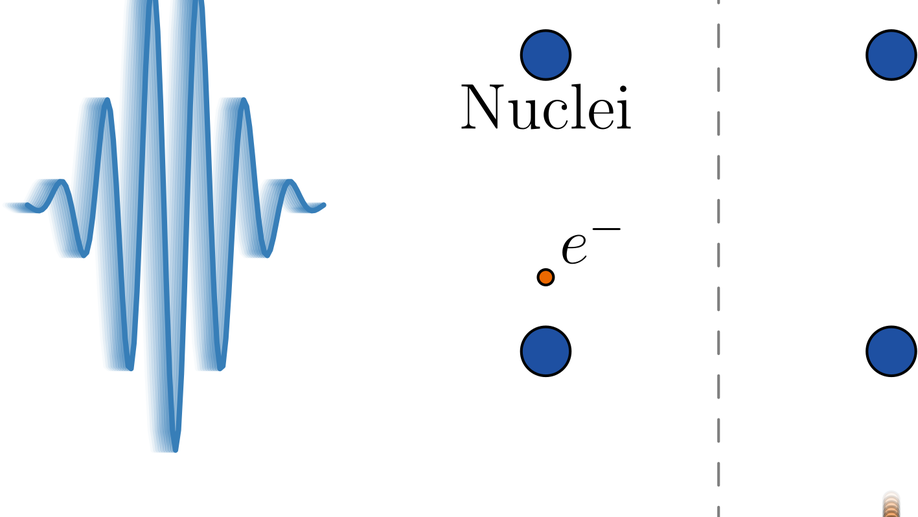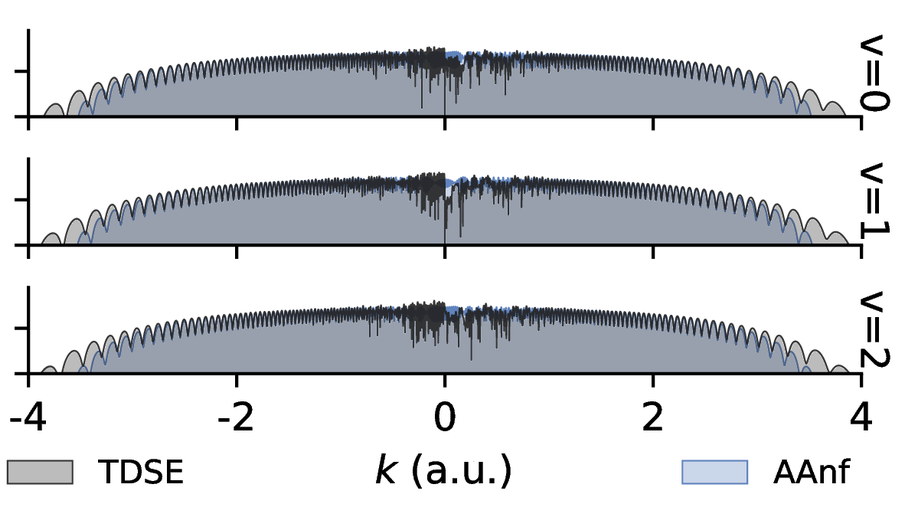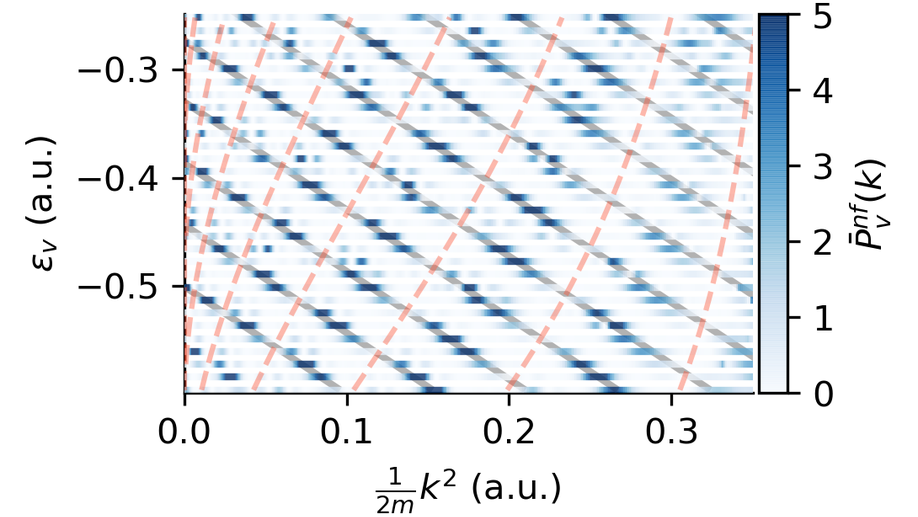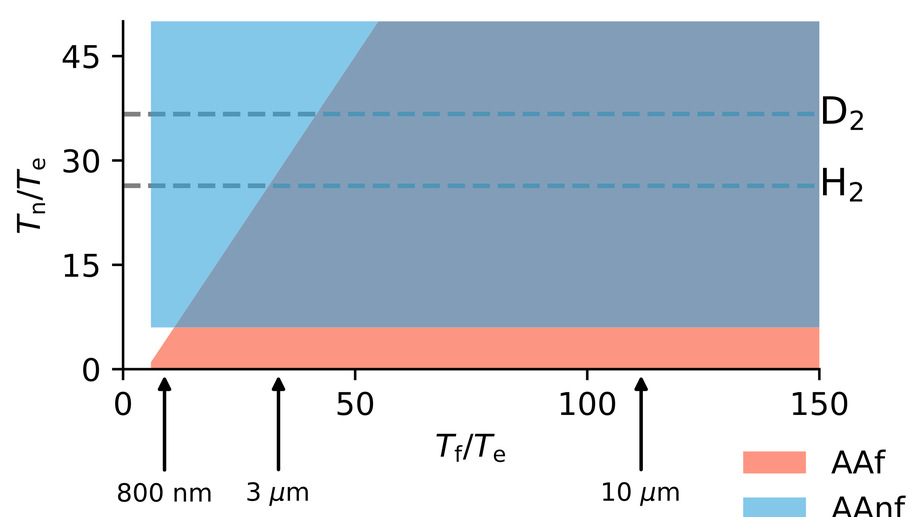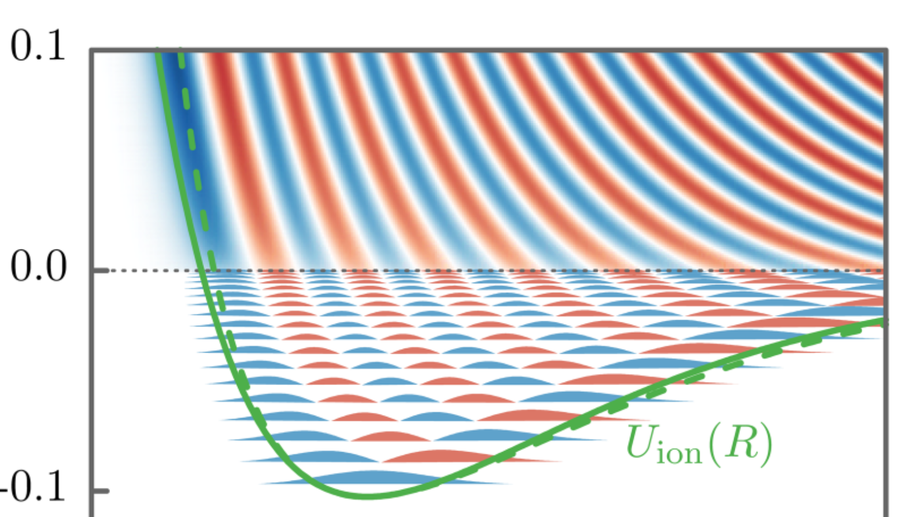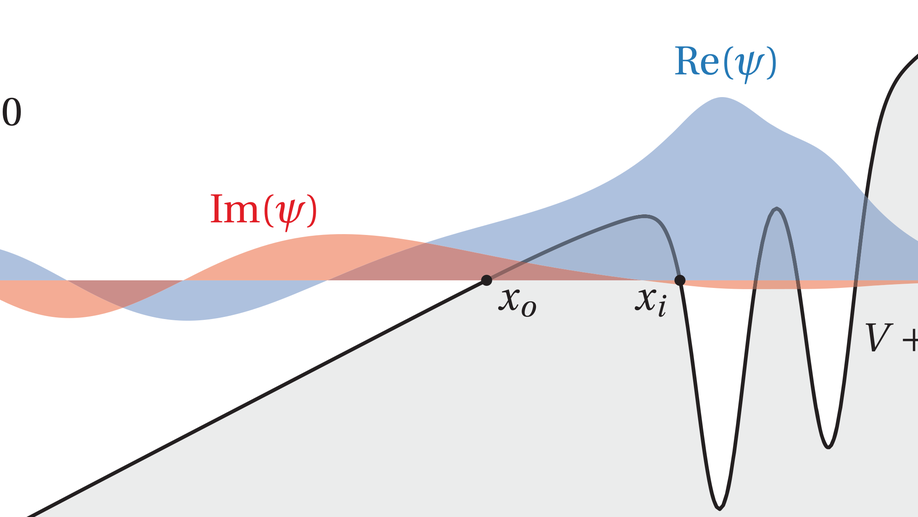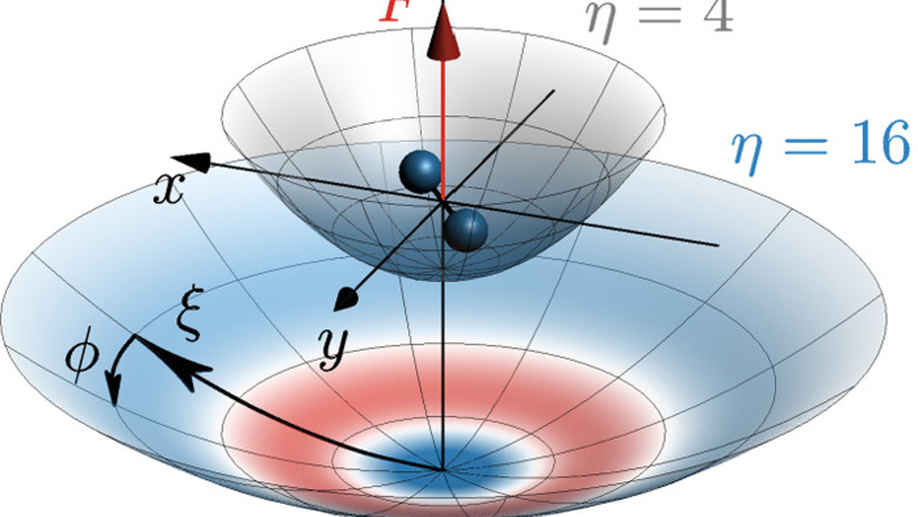2021-06-25
18:20
Online (Japan)
In recent years there has been an increased interest in laser pulses in the mid-infrared and terahertz regimes in the strong field community. With such pulses it could become possible to measure molecular dynamics in detail. However, most theoretical methods are unable to describe what happens in these regimes, due to the large ranges of the dynamic variables involved. Unlike such methods, the adiabatic theory of ionization for atoms [1,2] works well in this regime, since it exploits the slow variations of the laser field compared to motion inside the atom.
Here we present the recently developed extensions of the adiabatic theory to molecules (AAnf) [3]. It treats nuclear motion in addition to all interactions among nuclei, electrons and the laser field. We will demonstrate the accuracy of the theory by comparing with exact solutions of the time-dependent Schrödinger equation (TDSE). We will also show an application of the theory to explain why the energy width of the vibrational state distribution in the molecular ion shrinks when isotopes with heavier nuclear masses are used.
Recently we have also been working on including the effect of rescattering into the theory. Building upon the work in Ref. [4], this makes it possible to recreate the nuclear wave packet in the molecular ion from measurements of the photo-electron distributions over nuclear vibrational states.
[1] Tolstikhin O I, Morishita T, Watanabe S., Phys Rev A 81, 033415 (2010)
[2] Tolstikhin O I, Morishita T., Phys Rev A 86, 043417 (2012)
[3] Svensmark J, Tolstikhin O I, Morishita T., Phys Rev A 101, 053422 (2020)
[4] Morishita T, Tolstikhin O I. Phys Rev A 96, 053416 (2017)



